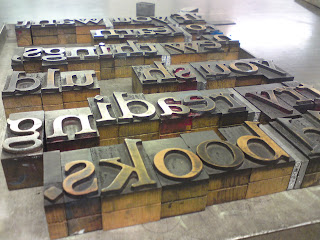 A description of our collage-based VCT session in 257 words:
A description of our collage-based VCT session in 257 words:Briefed as a group to create five newspaper collages in relation to the word "system", we chose to focus upon five different daily publications - The Evening Standard, Metro, London Lite, The Mirror, and The Guardian - and highlight the differences between them. We set aside the most obvious elements of headline, image, and content, and concentrated instead upon the underlying grid systems that define the structure of the page. To expose the grid we removed all content from the page, leaving only the margin and gutter spaces that lie between the text-blocks and images.
We decided early-on that it was important to employ a systematic approach to the creation of our collages, so that our work methods would reflect the theme of the exercise. To this end, we each produced a cut-out from a page of our chosen title, before collaging them one on top of another to create the single image pictured above. Overlaid in this manner the differences and similarities between the grids of each newspaper became apparent.
We found there were more similarities than differences - all the newspapers seemed to use a 5-column grid, with the bottom fifth of each page separated for an advert or body-text. The Guardian, as the only publication here to be traditionally a broadsheet rather than a tabloid, is a larger format and contained a higher proportion of text columns.
To further investigate, we could compare pages from a wider selection of newspapers, and perhaps look at historical examples of how grids may have changed over time.
Conclusion on this exercise:
I soon realised that the guideline of 150 - 250 words in which to describe the exercise doesn't provide much room for waffle. I found that a re-wrote most of the text, opting for more straightforward descriptions - a more matter-of-fact approach, you could say. The 1,500 word-limit for our first term VCT essay is pretty strict too, so I'll bear this in mind...




















































